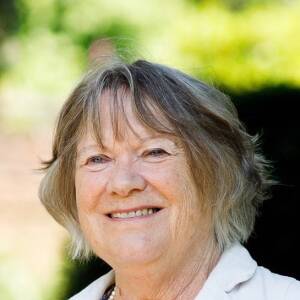Golden Beach - Karpas Peninsula
It took us about two and a half hours to drive right to the tip of the panhandle, the Karpas Peninsula. An area the least spoilt on the island where Greeks (about 800) and Turks live peacefully together. We watched a couple harvest their olives, the man on a ladder in the tree with a rake shaking the branches, his wife below in the trailer behind the tractor, a sheet spread out to catch whatever fell out. Much of the farmland had already been worked after the harvest and there were flocks of sheep and goats resting in the shade of the olive trees. The temperature was still warm at circa 32 C degrees.
The lanes became narrower until we reached a cattle grid. This was the beginning of the conservation area for the "free" donkeys which roam wild. The animals are now growing wise to the occasional car and a few of them stand like sentries at the entrance. They too wander about the grounds of the Apostolos Andreas Monastery looking for titbits until chased away by an elderly Greek woman dressed in black. The donkeys are descendants of the working donkeys which were made redundant when the tractor was introduced in about 1970. There were a couple of thousand of them but today they number 400 and mostly dark in colour with mealy muzzles.
The Apostolos Andreas Monastery is named after St Andrew who landed here on his way back to Palestine. The legend is that he and the crew were looking for fresh water. St Andrew struck a rock and fresh water gushed out. This is a sacred spring today for both the Christians and the Muslims and the water is available in plastic bottles for a donation. Inside the monastery church all was dark except for the many icons and candles. The Greek Orthodox priest was busy blessing a group of Russian women with their pale round faces and colourful headscarves. They then began to sing as they touched the icons. This was unbelievably beautiful.
Feeling rather hot, the four of us then drove to the Golden Beach, one of the ten longest beaches in the world. Completely unspoilt, the gold sands providing a nesting place for turtles in the earlier months of the year, we walked across the dunes and took a plunge into the cool clear waters.
On the drive back to Catalkoy we stopped at the remains of the 12 C Church of Ayios Philon on the north coast. This was the site of the ancient city of Carpasia built by the Phoenicians.
It was wonderful to feel alone in these ancient places.

Comments
Sign in or get an account to comment.


